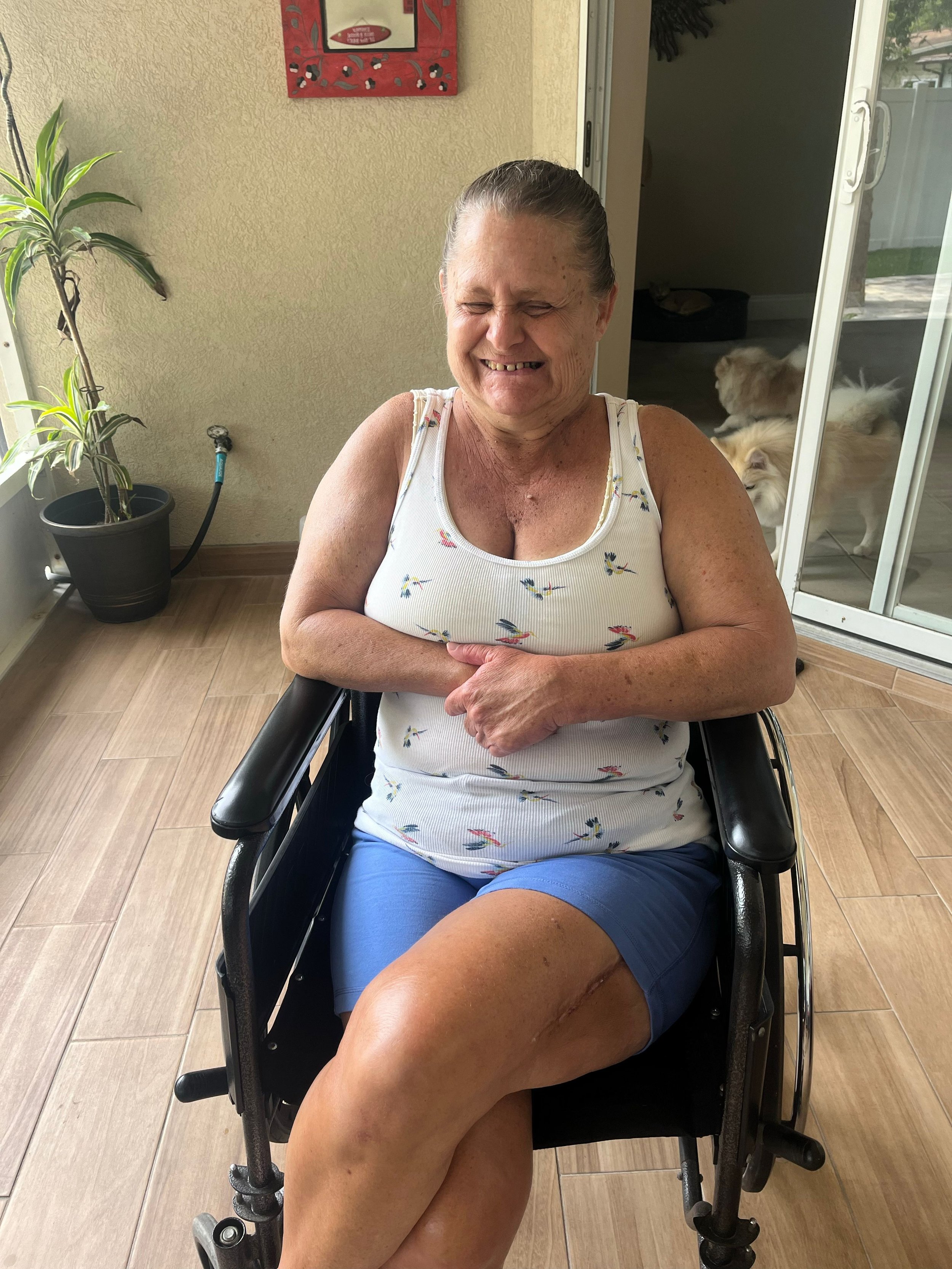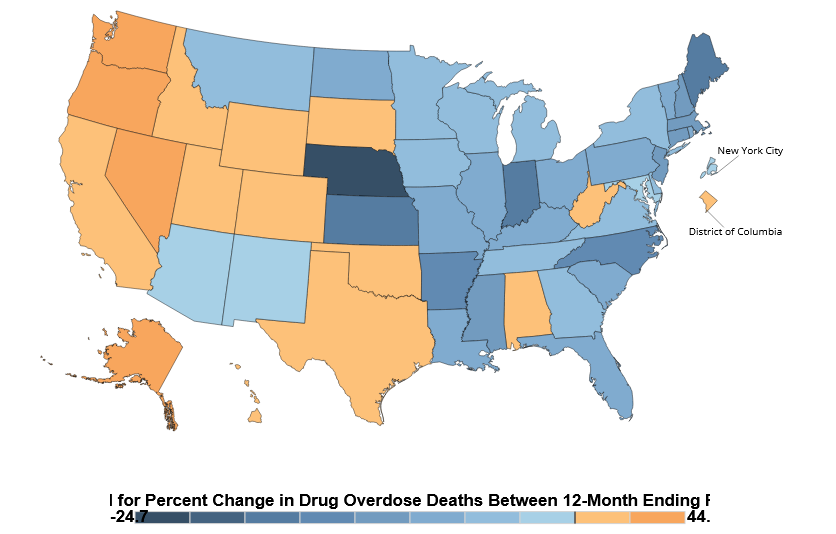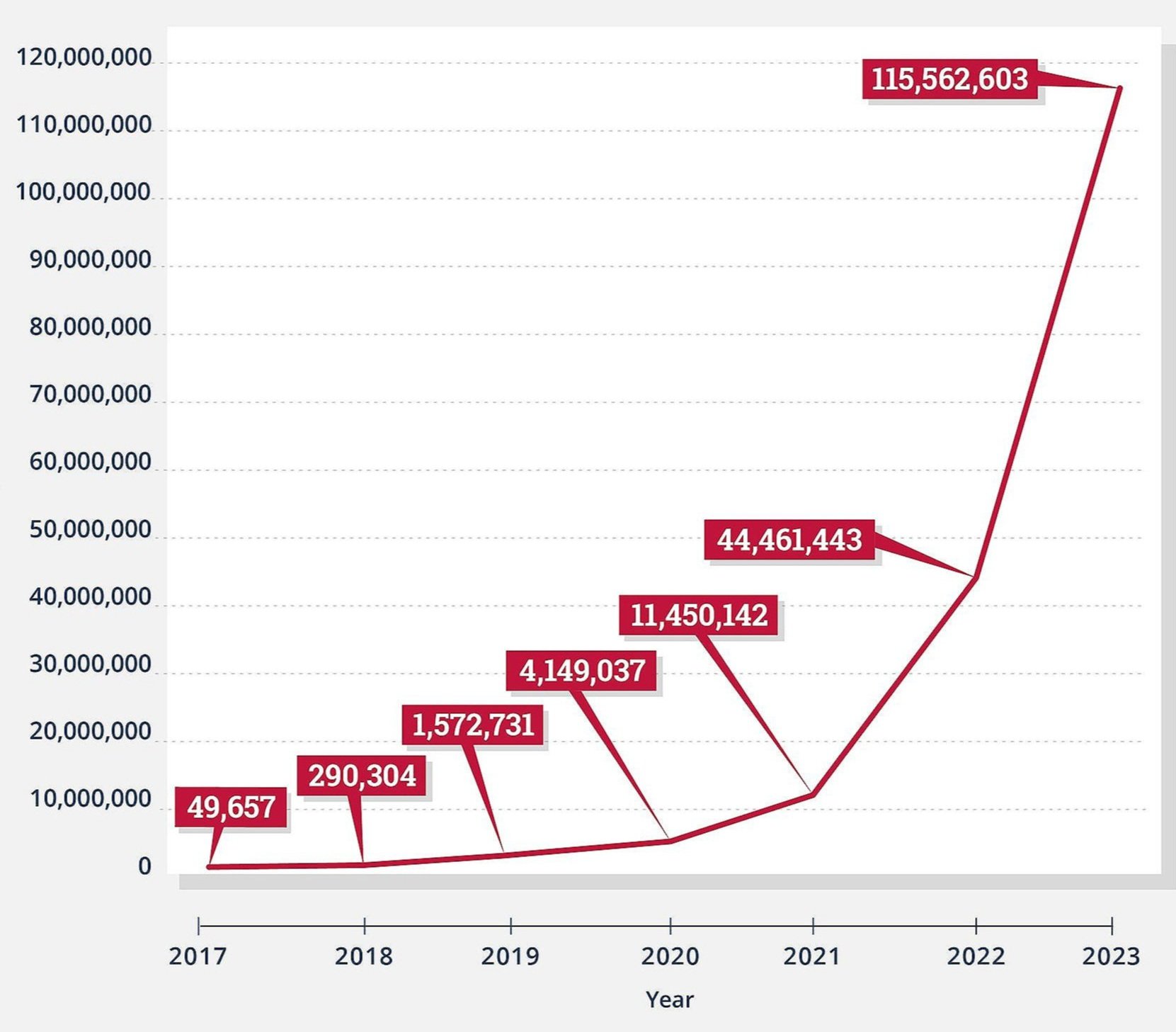I Was Kicked Out of a Support Group for Having Chronic Pain
/By Ann Marie Gaudon, PNN Columnist
Recently, after the death of my mother, I registered to participate in a grief support group. The group met in the evening, which is good for able-bodied day workers, but a very poor time for me as far as chronic pain goes.
After working and the efforts of the day, my body is tired and worn down; which is a terrific setting for pain and other symptoms to come visit. I knew the group’s meeting time would be difficult, but was determined to do my best – and let me be very clear, I did just that.
The problem was, I proved to be all-too-human and they proved to be all too discriminatory.
By the 6-week mark, I had missed two meetings. Both times it was due to pain. I couldn’t get in or out of my car and was in no shape to stand for two hours. The furniture was too large for me to sit in with my back against the chair and my feet on the floor. No support is a no-go for my back, so I must stand in most places I attend. It’s nobody’s fault (well, maybe furniture makers) and I’ve adapted my life to it. Last time I checked, I was 157 cm tall (5’2”) and don’t have the height to sit properly in standard-sized chairs.
Anyone who knows me well knows that I have multiple pain conditions. It all started when I was 19 years old and much more has come my way as I age.
Anyhow, back to my sins of being human. The morning after I missed the second meeting, I received a telephone call to tell me that I had missed too much time and it would have a negative effect on the group’s bonding. I could not return. That was their policy.
At the time of the call, I had just gotten out of bed, my head was brain-fogged, and I wasn’t really registering the message. It took a little bit for my brain to kick-in and realize I had been kicked out! I was hurt and angry. but mostly I really wanted to advocate for everyone in pain. So I decided to send them an email.
“By telling me I was no longer welcome, you chose not only to dismiss my grief, but also to dismiss me because I am not an able-bodied person. These dismissals are not only unkind and quite the opposite of support, but also inflict moral injury to a person who is already suffering,” I wrote in my email.
I also said that I didn’t want or expect a reply. However, someone took the time to write back an extremely ignorant and dismissive email. I would gladly share it with you, but curiously the email ends with this legal disclaimer:
“This communication may contain confidential & privileged material for the sole use of the intended recipient. Any unauthorized review, use or distribution by others is strictly prohibited. If you have received this message by mistake, please advise the sender by reply email & delete the message. Thank you.”
I was so utterly shocked at being kicked out of a “support” group for having an invisible disability that I needed to speak with someone who knows about these things. Now I really needed support!
I was grateful for the opportunity to explain my experience with Kattlynne Grant, who is working on her second Masters and a PhD in Disability Studies at Brock University in Ontario. In addition to studying disability, Ms. Grant also lives with an invisible disability. I found her to be a great support for all of us:
“Just by the fact that someone responded to you when asked not to, it seems that they were more concerned about defending themselves and not hearing you as a person,” she told me. “By telling you that this happens to everyone who misses two sessions shows they really miss the mark of the implicit bias built into that policy – where it favours a certain type of embodiment over others because it assumes/expects a ‘normal’ level of function. It is very exclusionary to those with disabilities, as it means that those who may struggle to keep with normative embodied expectations will not have access to their services.”
Someone within the support group organization took the time to shift the blame onto me and argue that I was in the wrong for not making them aware. Aware of what, my disability? What would they have done with that information?
We all signed an agreement that we would do our best to attend all eight sessions. I did so wholeheartedly and meant it. I was never not committed to the group.
The facilitator said they realize that sometimes “life happens” and if we must miss a session, to just call ahead and let them know, which I did. Nobody said two strikes and you’re out – not that it would have made it right. I’m only saying this because it was not even part of the conversation.
I was wholly offended to get a finger pointed back at me with passive aggressive statements such as “all we ask for is commitment” – which is all that I gave. I felt like I had been swept back to a time when disabled people were seen as a scourge on society, with no ethical or legal rights.
It was all very upsetting and offensive. I am upset to even have to share this with you, but it is what I need to do. I am being totally honest when I tell you that I was blind-sided when I was kicked out.
Ms. Grant had more to say about to these types of experiences.
“This move of shifting blame truly exposes how deeply that the ‘ideology of ability’ is ingrained within their practices,” she said. “The marginalized are often made responsible for their own adversity and exclusion, rather than acknowledging their role in this and the need for structural change.”
The Law Commission of Ontario describes ableism this way:
“A belief system, analogous to racism, sexism, or ageism, that sees persons with disabilities as being less worthy of respect and consideration, less able to contribute and participate, and of less inherent value than others. Ableism may be conscious or unconscious, and may be embedded in institutions, systems or the broader culture of a society.”
Here is how the Ontario Human Rights Commission defines systemic discrimination:
“Systemic or institutional discrimination consists of attitudes, patterns of behaviour, policies or practices that are part of the social or administrative structures of an organization or sector, and that create or perpetuate a position of relative disadvantage for people with disabilities. The attitudes, behaviour, policies or practices appear neutral on the surface but nevertheless have an adverse effect or exclusionary impact on people with disabilities.”
Bringing awareness to the ways that we unintentionally reinforce systems of privilege and exclusion should be important to any organization, but especially for a support group. It would be a way to reduce the pain and grief of future members, not just add to them.
Ann Marie Gaudon is a registered social worker and psychotherapist in the Waterloo region of Ontario, Canada with a specialty in chronic pain management. She has been a chronic pain patient for over 30 years and works part-time as her health allows. For more information about Ann Marie's counseling services, visit her website.















